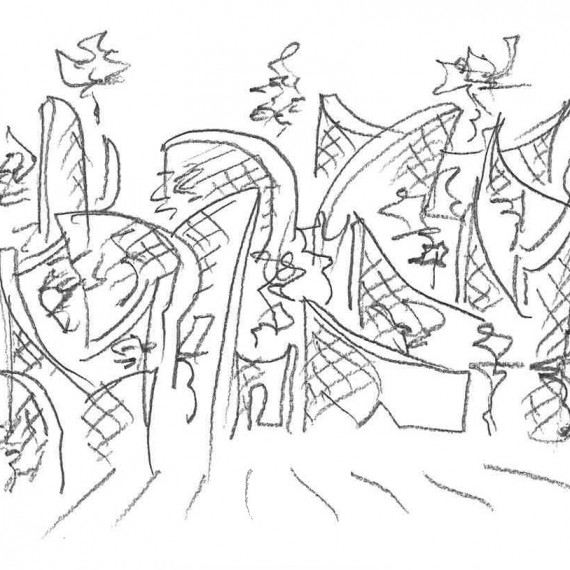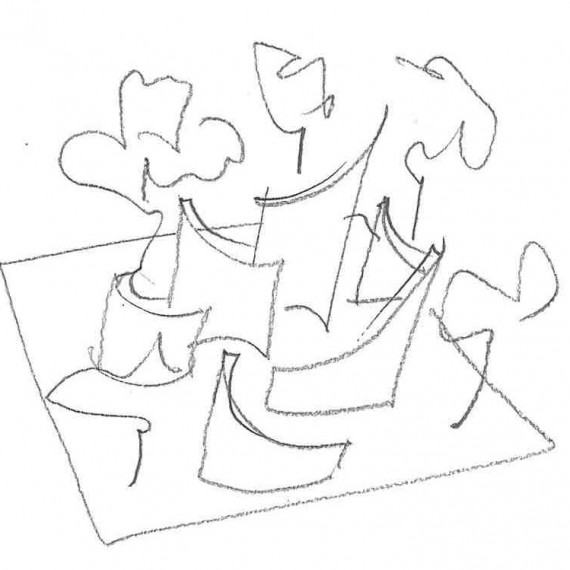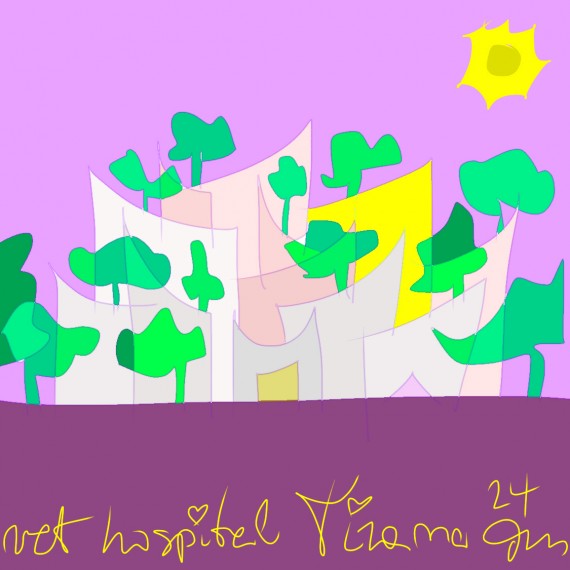VET HOSPITAL & PET HOTEL
VET HOSPITAL & PET HOTEL
2020 - 2024
Tirana
Albania
Architecture is the most complete art form. It is the craft of drawing meaningful lines that, once transformed into walls and openings, reveal the architect’s joys, passions, and intentions. It is more than just building structures; it is about creating meaningful places that resonate with life, culture, and nature. We believe that spaces should not only be functional but should evoke emotion, provoke thought, and enhance the well-being of those who inhabit them. Our work challenges the orthodox and infuses design with joy, flair, and a deep understanding of the psychology of space.
This philosophy takes shape in this project: the Veterinary Hospital in Tirana. Passion, enthusiasm, and vision have been transformed into a physical space. The hospital’s soft, flowing exterior contrasts with the structured logic of the plan, creating a sense of wonder and harmony. What begins as simple, static geometry—rooted in spatial psychology and anthropological principles—unfolds into a dynamic network of curves that turn this space into a true place, full of movement and life. The fluid forms eliminate any atavistic fears of enclosure, creating an open and freeing environment.
The architecture does not impose itself on nature but rather rises from it in fluid, sculptural gestures. The curved structures create waves in the landscape, defying immediate understanding, as if they are living sculptures. The hospital itself remains almost hidden, unrecognisable as a medical facility —what one encounters is not just a building but an entirely different world. It is a space designed to be joyous, intriguing, and above all, conceived for the benefit of sick animals—a remarkable purpose.
The contrast between soft, organic forms and the raw strength of brutalist concrete adds both practicality and aesthetic depth. The terraces and gardens are not merely decorative; they serve as therapeutic spaces for the ‘patients,’ offering them light, air, and connection to nature. Inside, the hospital is carefully planned to accommodate the psychological needs of its occupants. Just as in human healthcare, spatial psychology plays a critical role—ensuring that different species, especially natural adversaries, feel secure and at ease. The organisation of spaces for cats and dogs follows the same principles as those for humans: comfort, separation where necessary, and a thoughtful approach to coexistence.
This project is part of a broader movement, a renaissance of intelligent and beautiful institutions in Albania. As the country opens itself to the world, it must navigate between rigid, dogma-driven architecture and a more humanistic, nature-centred approach. Too often, modern architecture seeks to dominate its environment rather than harmonize with it, forgetting that nature is not separate from life—it is life itself.
Now is the time to plant the seeds of quality architecture that respects Albania’s rich climate, traditions, and history. The Veterinary Hospital is one such seed, representing a shift from static, commemorative spaces to dynamic, immersive places that invite life to flourish. It stands as a tribute to passionate craftsmanship, visionary clients, and a shared desire to create something that is both functional and extraordinary. It is architecture that challenges conventions, but more importantly, it is architecture that serves, heals, and inspires.



























